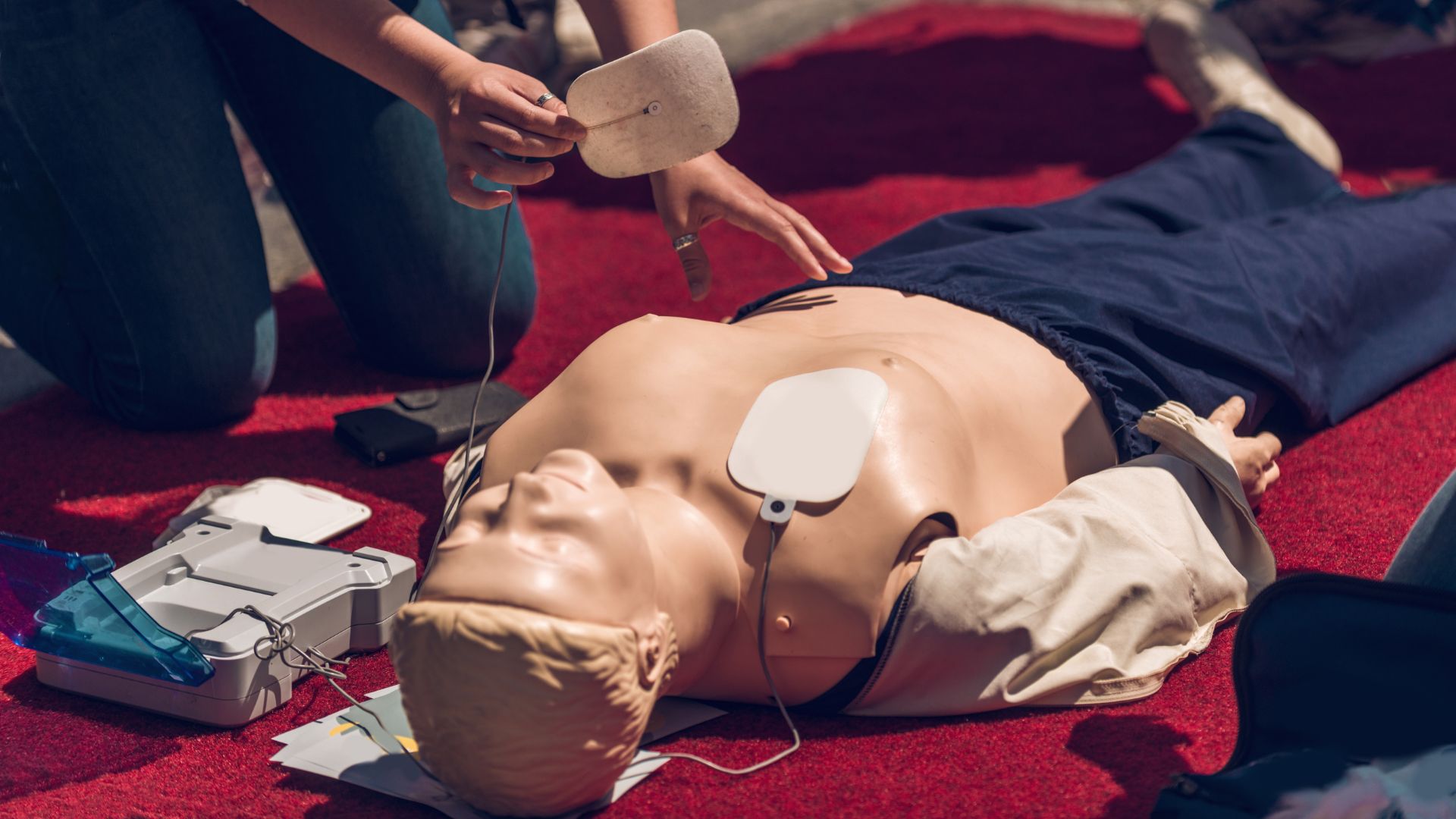
Automated External Defibrillators (AEDs) are essential life-saving devices used to treat sudden cardiac arrest (SCA). However, despite their effectiveness, many people hesitate to use AEDs due to concerns about potential legal repercussions. This blog aims to shed light on these concerns and alleviate any doubts by discussing the protection provided by Good Samaritan laws. Here, we will explore how Good Samaritan laws work and their role in encouraging individuals to use AEDs in emergency situations. Read on to learn more and gain the confidence to act when it matters the most.
Understanding Good Samaritan Laws
Good Samaritan laws are designed to protect individuals who voluntarily render aid to others during emergency situations. These laws vary by jurisdiction, but they generally provide legal protection for individuals who act in good faith to assist those in need, including those who use AEDs. The primary purpose of these laws is to encourage bystanders to provide immediate assistance without fear of being sued or held liable for any unintended injuries or damages that may occur during the rescue attempt.
The Importance of Good Samaritan Laws
Good Samaritan laws play a crucial role in encouraging bystander response during medical emergencies. SCA is a time-sensitive condition, and prompt use of an AED significantly increases the chances of survival. By protecting individuals who use AEDs in good faith, these laws help overcome the fear of legal repercussions and empower bystanders to take action. Without the assurance provided by Good Samaritan laws, people might be hesitant to use AEDs, potentially leading to unnecessary loss of lives.
Applying Good Samaritan Laws to AED Usage
Good Samaritan laws often specifically address the use of AEDs and extend protection to individuals who use these devices in emergency situations. These laws recognize that AEDs are designed for use by non-medical personnel and aim to encourage their deployment. Therefore, as long as the individual using the AED acts in good faith and follows any applicable training or guidelines, they are generally shielded from legal liability under these laws.
Key Elements of Good Samaritan Laws
To better understand the protection offered by Good Samaritan laws when using an AED, it is important to be aware of the key elements that typically exist within these laws. Although the specifics may vary by jurisdiction, the following elements are commonly found:
- Voluntary assistance: Good Samaritan laws cover individuals who voluntarily provide aid without any expectation of compensation.
- Emergency situations: These laws typically apply to situations where immediate assistance is required due to a medical emergency, such as SCA.
- Good faith: The individual providing aid must act in good faith, meaning they genuinely intend to help and not cause harm.
- Reasonable care: Good Samaritan laws do not require individuals to have medical expertise but expect them to exercise reasonable care and follow any applicable training or guidelines.
- Immunity from liability: These laws grant immunity from civil damages to the individual providing aid, barring cases of gross negligence or intentional harm.
In emergencies such as sudden cardiac arrest (SCA), every second counts, and the presence of an AED can make a life-saving difference. Good Samaritan laws exist to protect individuals who use AEDs and render aid in good faith during medical emergencies. By offering legal protection, these laws encourage bystanders to act swiftly and confidently, ultimately increasing the chances of saving lives. If you encounter a situation where an AED is needed, remember the reassurance provided by Good Samaritan laws, and don’t hesitate to step forward and make a difference.